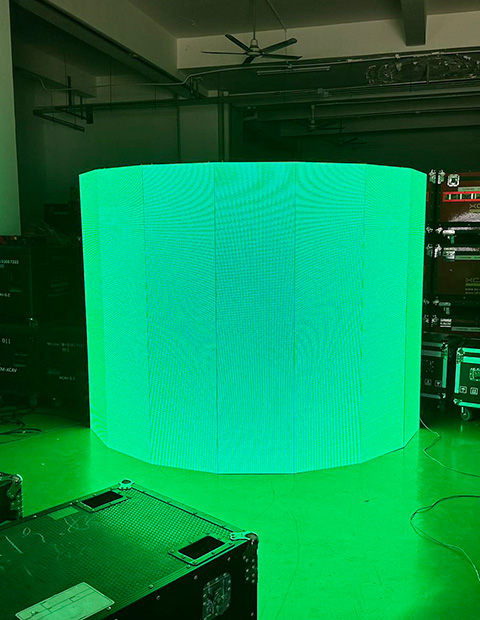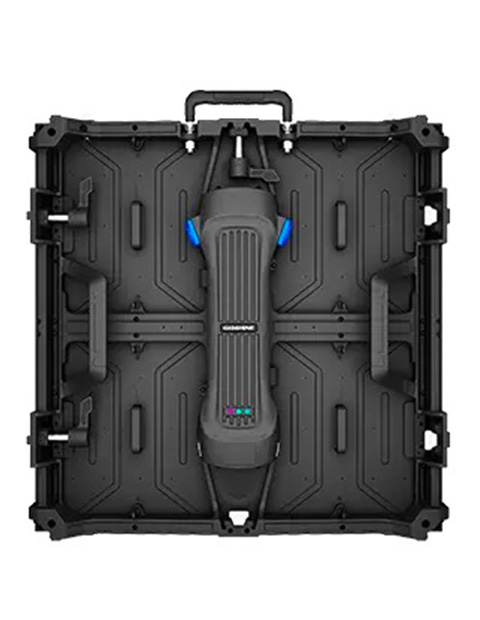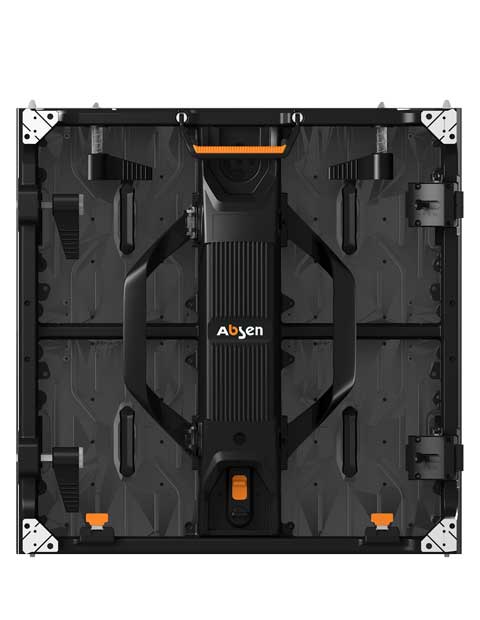Now that you’ve decided to install some LED displays for your business or project, you need to figure out how much electricity they will use. Although LEDs are more energy-efficient than prior display technologies, a big installation with numerous displays can still use a lot of electricity and be quite expensive. The good news is that you can predict your LED display power usage rather accurately with a few straightforward calculations and ensure that you have the appropriate power infrastructure in place. In order for you to fully understand what you’re getting into before you even unpack your new displays, we’ll walk you through the procedures in this post for calculating the power consumption of your used LED display.
Calculating Power Consumption of LED Display
To determine how much power your LED display uses, you’ll need to know a few key specs, such as their wattage, the number of operating hours, and the voltage, etc. Here is a step-by-step tutorial to assist you in determining how much power an LED display uses:
Determine LED Specifications
LED Wattage (W):
Determine the wattage of a single LED. Typically, the manufacturer provides this data. The two most common types used in displays are surface-mounted device (SMD) LEDs and chip-on-board (COB) LEDs. SMD LEDs are more energy-efficient; each one uses 0.06 to 0.1 watts. COB LEDs can consume up to 0.5 watts per LED.
· Number of LEDs
Count the total number of LEDs in the display.
· Calculate Power Consumption
Total LED Power = LED Wattage × Number of LEDs
· Calculate Daily Power Consumption
Firstly, Count the number of hours the LED display is on each day. Then calculate daily consumption by this formula;
Daily Power Consumption (Wh) = Total LED Power × Hours of Operation per Day
· Calculate Annual Power Consumption
For annual consumption find out the number of days the LED display is active and then simply apply the given formula;
Annual Power Consumption (Wh/year) = Daily Power Consumption × Days of Operation per Year

Converting Power Consumption to Kilowatt-Hours (kWh)
To convert your annual electricity usage into kWh, just divide it by 1000.
Annual Power Consumption (kWh/year) = Annual Power Consumption (Wh/year) / 1000
You now know how many kilowatt-hours of electricity the LED display uses annually. You may calculate the cost of powering the LED display using the price your utility company levies per kilowatt-hour.
Example Calculation:
Let’s assume you have an LED display with 1000 0.1-watt LEDs. The cost of electricity is $0.12 per kWh, and the display is operational for 10 hours each day, every day of the year.
- Total LED Power = 0.1 watts/LED × 1000 LEDs = 100 watts
- Daily Power Consumption = 100 watts × 10 hours = 1000 watt-hours (Wh) or 1 kWh
- Annual Power Consumption = 1 kWh/day × 365 days = 365 kWh/year
- Annual Cost = 365 kWh/year × $0.12/kWh = $43.80
For a more precise estimation, you can change the values in the calculations in accordance with the characteristics of your LED display and your local electricity costs.
Factors That Affect LED Display Power Usage
To determine how much power your LED display will consume, there are a few key factors to consider.
· Size and Resolution
The larger the display and the higher the resolution, the more LEDs are needed to create the image, consuming more electricity. A giant 8K display uses way more power than a modest 720p screen.
· Brightness
The brighter you set your LED display, the more power it draws. LEDs require more energy to produce intense light versus dim light. If you don’t need the maximum brightness, turn it down to the lowest comfortable level to save power.
· Video Content
Fast-moving, complex video with lots of changing colors and images demands more from your LEDs than simple static content. Action movies, video games, and streaming video typically use more power than still photos or text.
· Ambient Light Conditions
LED displays have to work harder in brightly lit rooms versus dim environments. More power is required for the LEDs to overcome ambient light so you can see the screen clearly. Consider your room’s lighting when determining an LED display’s power needs.
Additional Features
Things like touch screens, built-in speakers, Wi-Fi connectivity and more advanced processors can increase an LED display’s power consumption. The more features, components, and capabilities a display has, the more energy it generally needs to operate.
By taking the size, brightness, content, lighting, and features of your LED display into account, you can get a good idea of how much power it requires and determine if it meets your needs. With some basic information, you’ll be able to calculate your LED display’s power usage in no time.
Tips for Reducing Your LED Display’s Power Usage
There are a few tips you can follow to reduce your LED display’s power consumption and lower your energy bill.
· Turn it off when not in use
This may seem obvious, but turn off your LED display when you’re not using it or when you leave the room. LED displays draw power even when idle or in sleep mode. Switch it off completely when you’re away for long periods.
· Lower the brightness
Dim your LED display to the lowest comfortable brightness for your needs. Reducing brightness by just 10-20% can lower power usage significantly. Your eyes will adjust quickly to a slightly dimmer screen.
· Use eco-friendly settings
Many LED displays offer eco-friendly or energy-efficient options you can enable to decrease power draw. Things like auto-dimming the screen after a few minutes of idle time, turning off the screen after a longer idle period, and disabling some power-hungry features you don’t need. Activating these settings can reduce consumption by up to 50-60%.
Conclusion
Despite the fact that LEDs are far more energy-efficient than earlier display technologies, even tiny quantities of power can compound up over time. The good news is that you can see your power usage and prices with a few straightforward calculations. Making decisions about operating for longer hours or upgrading to even more efficient displays is now possible with knowledge. There won’t be any shocks when the power bill arrives. I guess that’s one less thing to worry about. Enjoy your LEDs now; you deserve it!



